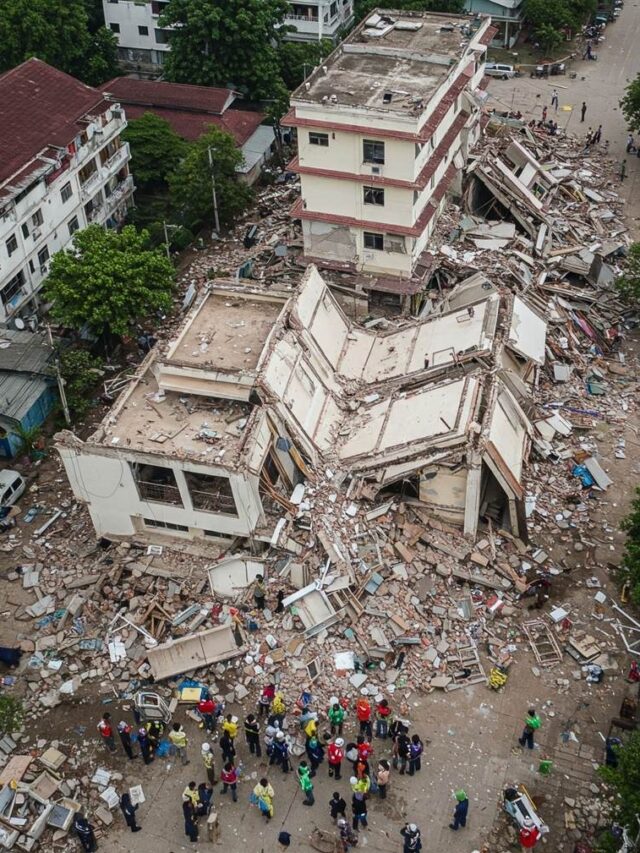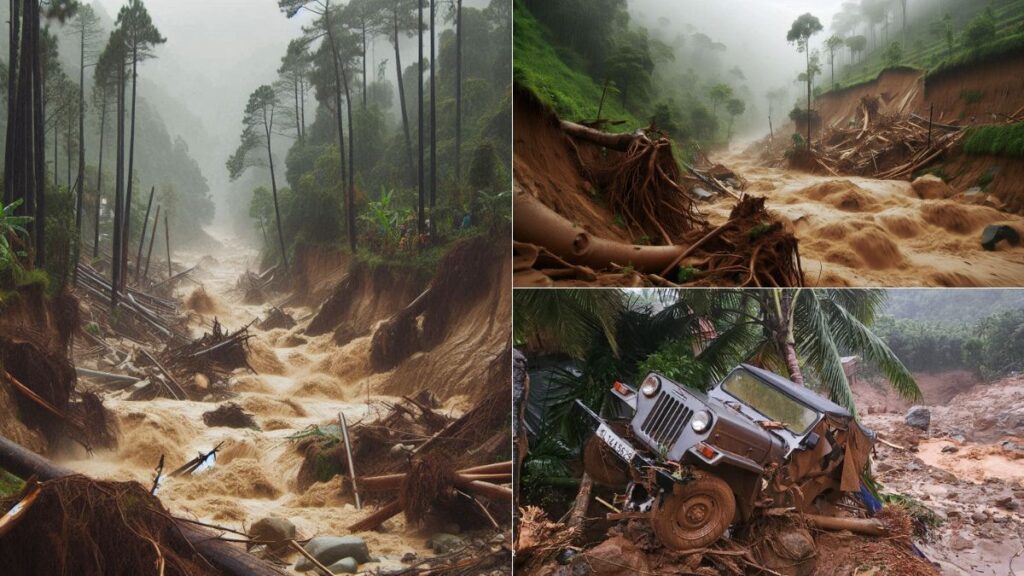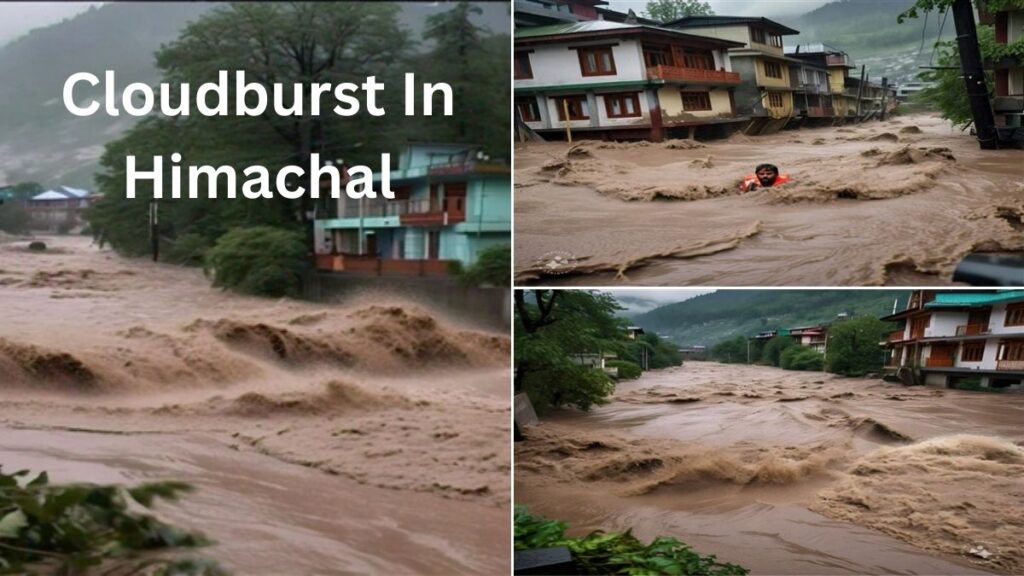On July 30, 2024, the peaceful Wayanad district in Kerala was struck by severe landslides due to heavy rainfall. The landslides were devastating, particularly in areas like Punchirimattom, Chooralmala, and Meppadi. The disaster claimed at least 443 lives and left over 397 people injured, causing widespread loss and sorrow.
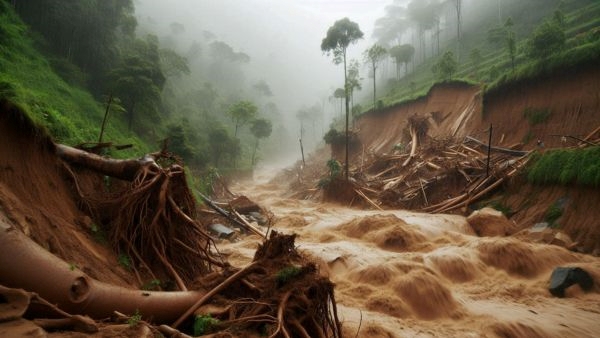
Safe Zones in Chooralmala
After the landslides, a team of scientists led by Senior Scientist John Matthai from the National Centre for Geosciences was sent to inspect the affected areas. Their mission was to determine which parts of the region were still safe for people to live in. The good news is that most of Chooralmala, which was badly hit by the landslides, is now considered safe for habitation. This brings a sigh of relief to the residents who were forced to leave their homes during the disaster.
Punchirimattom: The Epicenter of the Landslides
However, not all areas are safe yet. The team of scientists found that Punchirimattom, the epicenter of the landslides, remains dangerous. This area, especially the land close to the river, is at a higher risk of future landslides. The accumulation of water in Punchirimattom on July 30 led to a snowball effect, where water, boulders, and uprooted trees came crashing down with immense force. This caused further destruction, making the land unstable.
The scientists recommend that people should avoid living in Punchirimattom for long periods. They plan to mark safe and unsafe zones in their report to the government, which will help people understand where it is safe to rebuild their lives.
India to Get Its Third-Largest Tiger Reserve: Know the Location, About the First Two
The Science Behind the Landslides
The landslides were caused by a sudden and massive accumulation of water on the hillsides. This water, along with the pressure it created, pushed downwards with great energy, bringing with it boulders and trees. As the rocks rolled down, they caused more rocks and debris to follow, leading to even more destruction. This chain reaction is what scientists call a “snowball effect.” The river in Punchirimattom has now carved out a new path for itself, changing the landscape forever.
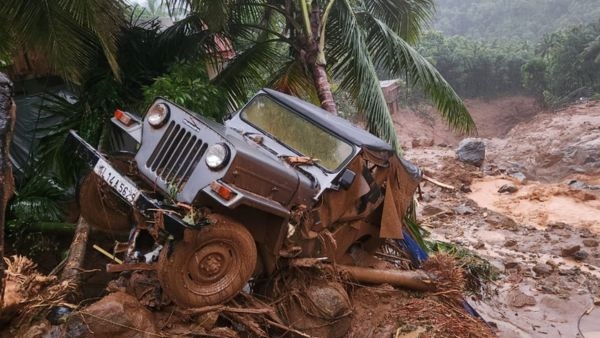
Inspecting the Damage
The five-member team of scientists from the State Disaster Management Authority carried out a detailed inspection of Punchirimattom and nearby areas. They collected soil and rock samples to study what caused the hillsides to collapse so violently. Their findings will help in understanding how to prevent such disasters in the future and how to protect the people living in these vulnerable areas.
The Path Forward
The residents of Wayanad district have faced a terrible tragedy, but with the help of scientists and authorities, they are beginning to rebuild their lives. The recommendations made by the scientists will guide the rebuilding process, ensuring that people can return to their homes in Chooralmala safely. For areas like Punchirimattom, however, caution is still advised. The memories of the July 30 landslides will remain fresh in the minds of those affected, serving as a reminder of the power of nature and the importance of being prepared.
In the coming days, as the government and local authorities receive the final report, the people of Wayanad will have a clearer understanding of where they can safely rebuild their lives and where they should avoid settling. The resilience of the people, coupled with scientific guidance, will lead to safer communities in the future.
